Award-winning Richard III attraction marks 10 years
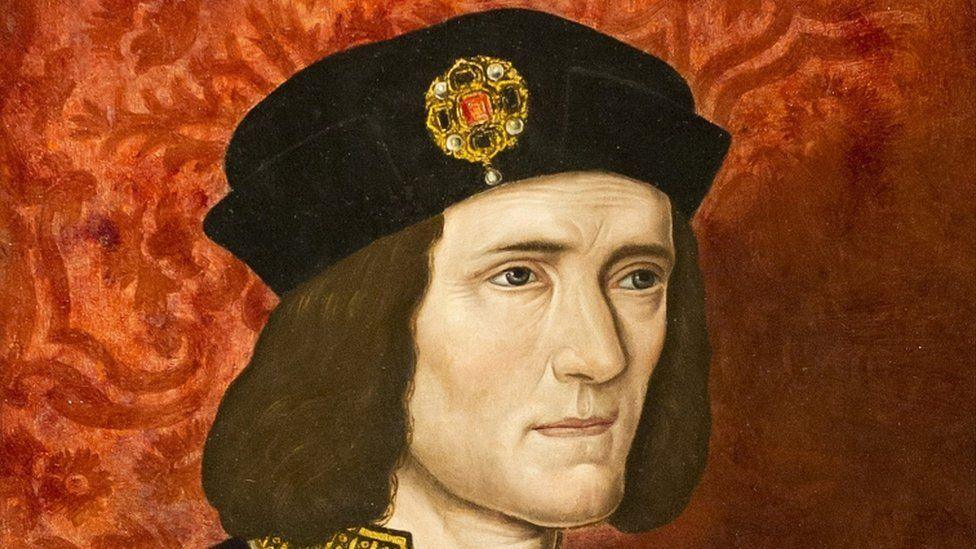
Richard III was killed at the Battle of Bosworth in 1485
- Published
An award-winning attraction retelling the story of the discovery of the remains of one of England's most controversial kings in a car park has marked its 10th anniversary.
The skeleton of King Richard III, who was killed in battle in 1485, was unearthed by archaeologists in Leicester city centre in August 2012.
The King Richard III Visitor Centre, which was built next to the car park and opened on 26 July 2014, tells the story of the last Plantagenet king's life, death, and the discovery of his remains.
The £4m centre, which attracted about 80,000 visitors in its first year of opening, received a national award for its outstanding visitor experience in 2021.
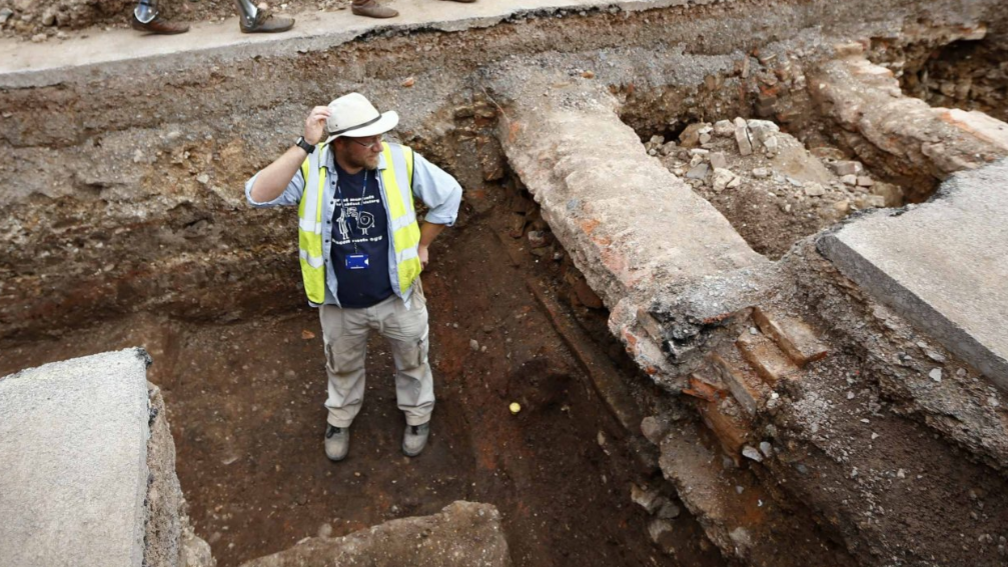
Archaeologist Mathew Morris in the trench where he found the remains of Richard III in August 2012
In August 1485, Richard III was killed at the Battle of Bosworth, brought back to Leicester, and buried by the Grey Friars in their friary church.
An archaeological dig at a council-run car park at Greyfriars was initiated 527 years later by the Richard III Society and carried out in partnership with the University of Leicester and supported by Leicester City Council.
A skeleton with battle wounds and a curved spine was unearthed in a shallow grave in August 2012, and five months later, the university confirmed the bones were in fact Richard III.
Experts said examining the remains gave them new insight into the life and death of the medieval king.
His mortal remains were formally reinterred in Leicester Cathedral, opposite the visitor centre, in 2015.
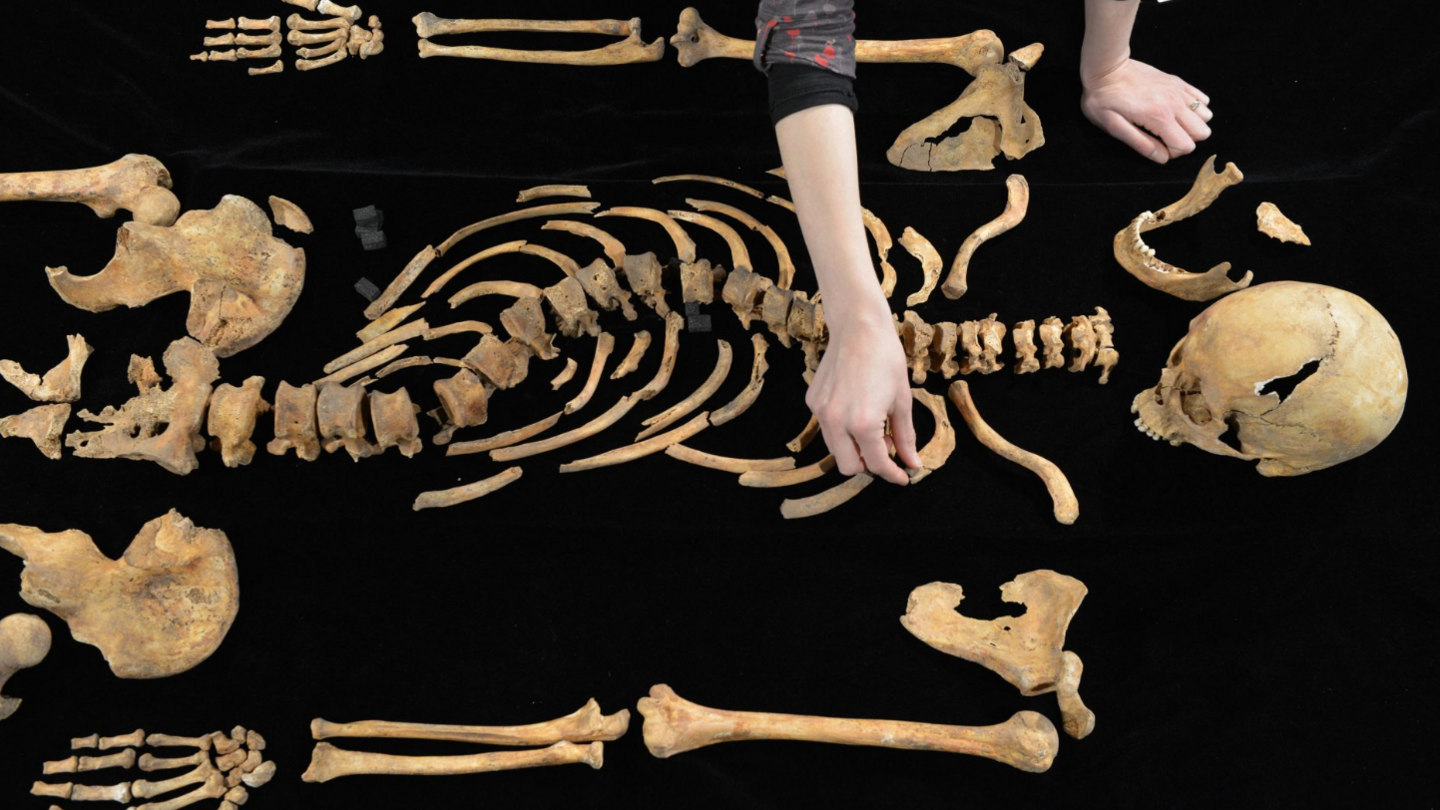
Richard III's mortal remains were formally reinterred in Leicester Cathedral
City mayor Sir Peter Soulsby said during the excavation he suggested a 150-year-old former Victorian school next to the dig site "would make a good visitor centre if Richard III were to be found".
"At that time, we didn’t know for sure that the remains found by the archaeologists were those of the lost king, but the old school was for sale, so we bought it," he said.
"Fortunately, confirmation that Richard III had indeed been found came a few weeks later, in February 2013."
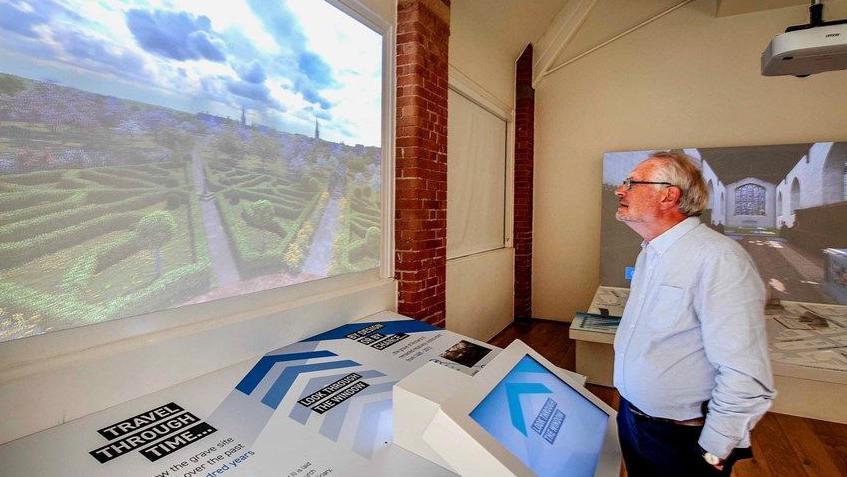
Sir Peter Soulsby with the new Greyfriars digital display at the attraction
Sir Peter said the state-of-the-art centre, which hopes to welcome its 500,000th visitor this year, tells the "extraordinary story of the king in the car park - a story that attracted the interest of the world's media and propelled Leicester on to a global stage".
The attraction offers visitors insight into Richard III's reign, the pivotal Battle of Bosworth, and the archaeological journey that led to the discovery of his remains.
It also features the grave where he was discovered and exhibits, including the Greyfriars digital display, which reconstructs the 1485 burial site and illustrates the changes that have taken place there over the centenaries.
Later this year, visitors will also be able to see an updated reconstruction of the king's head and, for the first time, be able to hear how he may have sounded.
The Duke of Gloucester, who is the patron of the Richard III Society, is due to formally mark the attraction's 10th anniversary with a visit in September.
Follow BBC Leicester on Facebook, external, on X, external, or on Instagram, external. Send your story ideas to eastmidsnews@bbc.co.uk, external or via WhatsApp, external on 0808 100 2210.
Related topics
- Published19 August 2022
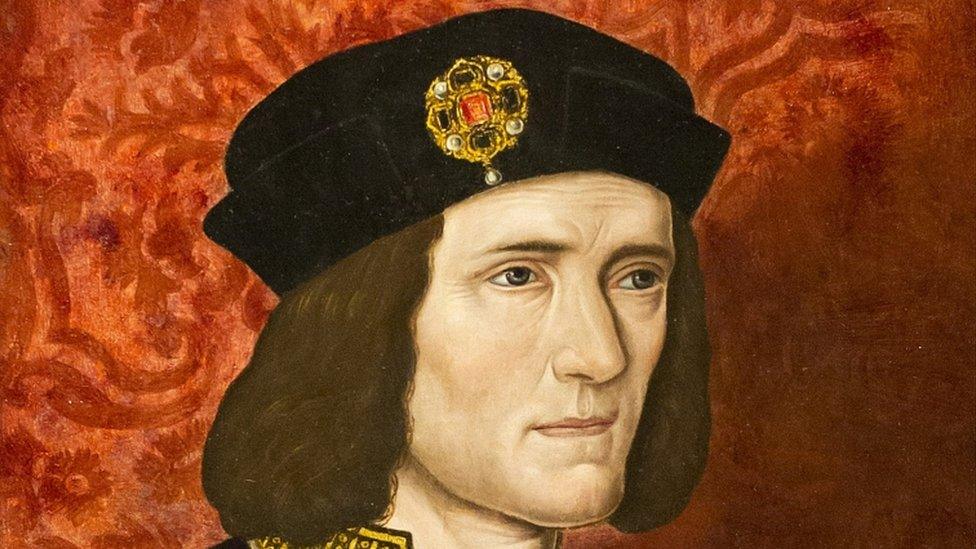
- Published20 January 2022

- Published5 November 2021

- Published22 July 2014